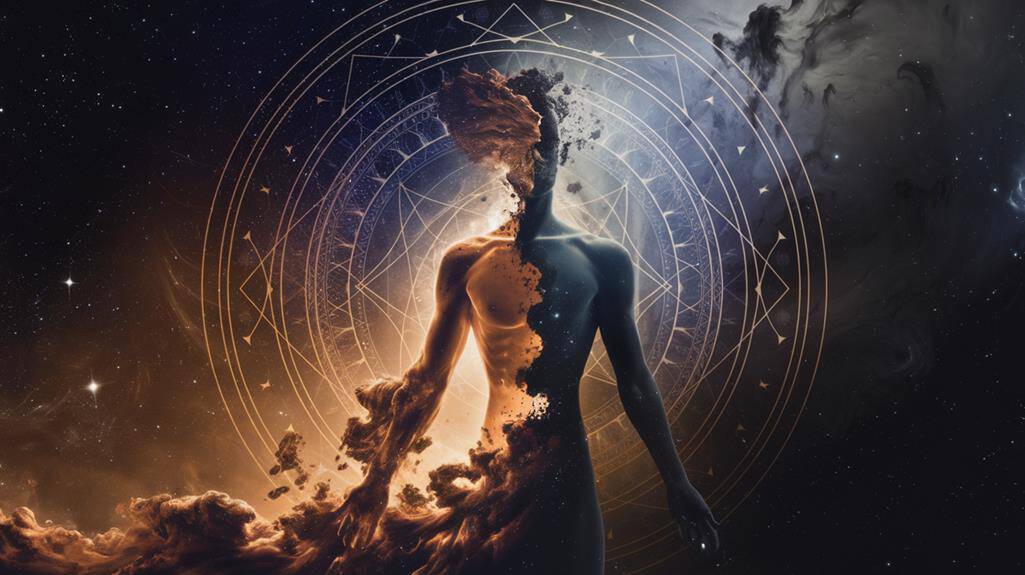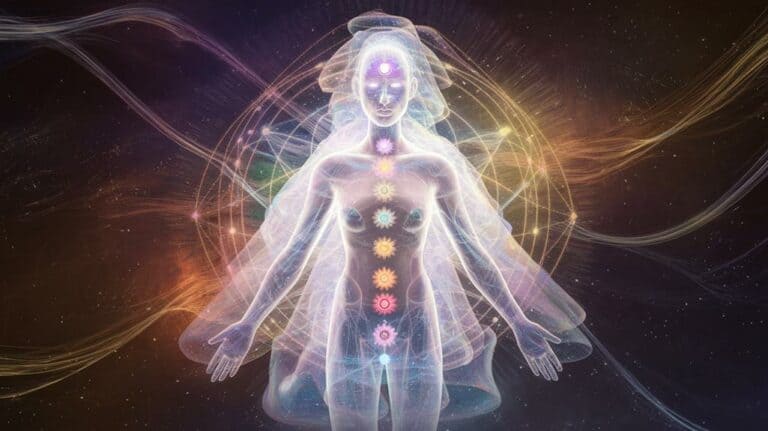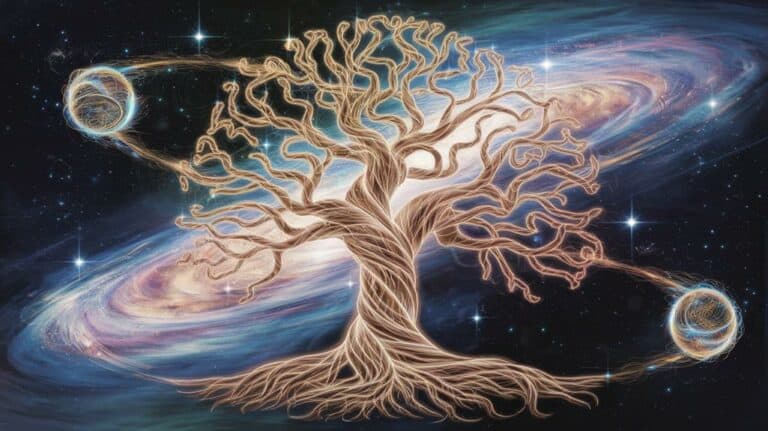The Concept of Non-Duality in Mystical Traditions
When you’ve contemplated the nature of your own consciousness, you’ve likely noticed something peculiar: the harder you try to find the boundary between yourself and what you’re experiencing, the more elusive it becomes. This paradox lies at the heart of non-duality, a profound insight shared by mystics across cultures and centuries. While your daily experience tells you that you’re separate from the world around you, traditions from Vedanta to Zen suggest a different reality—one where the apparent division between observer and observed dissolves into a seamless whole. The implications of this understanding don’t just challenge your philosophical assumptions; they can fundamentally transform how you move through the world.
The Origins of Non-Dual Thought
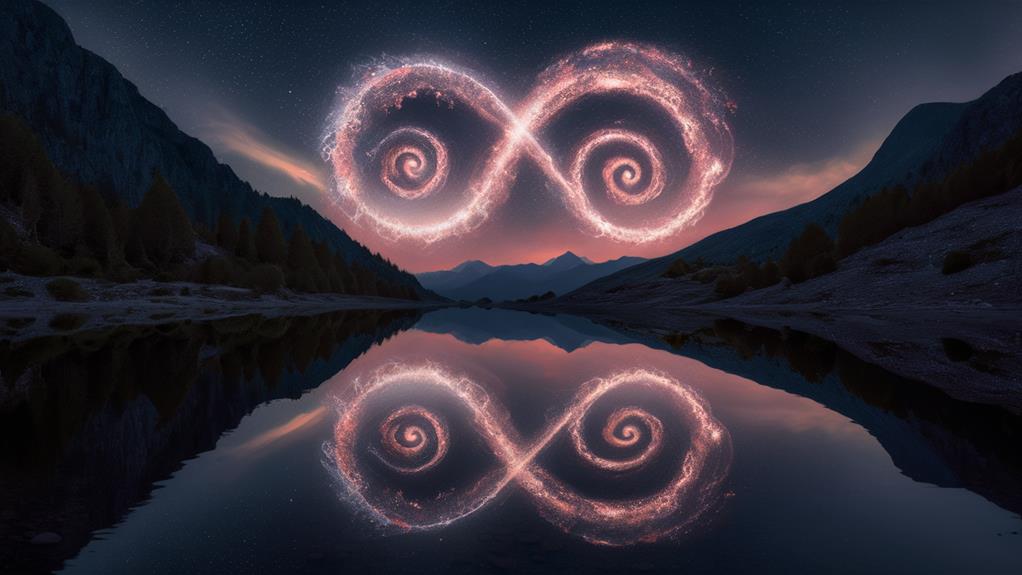
Throughout history, non-dual thought has emerged independently across multiple ancient civilizations, with its earliest recorded expressions appearing in the Upanishads of India around 800 BCE.
You’ll find these ancient wisdom traditions pointing to a fundamental truth: the apparent separation between observer and observed, self and other, is ultimately an illusion born of limited perception.
As you trace non-dual understanding through time, you’ll discover its footprints in the mystical branches of every major religion.
You’ll see it in Taoism’s concept of yin and yang, in Buddhism’s teaching of emptiness, and in the Sufi notion of fana (annihilation of the self).
Even in the West, you’ll encounter it in the writings of Christian mystics like Meister Eckhart and Jewish Kabbalistic teachings.
What’s remarkable is how these diverse traditions, separated by vast distances and centuries, arrived at strikingly similar conclusions about the nature of reality.
They’re all describing an experience that transcends the ordinary dualistic mind – where you’re no longer seeing yourself as separate from the world around you, but rather as an intrinsic part of an undivided whole.
Non-Duality in Eastern Traditions
Buddhism takes this non-dual insight even further, particularly in traditions like Zen and Dzogchen.
You’ll discover that the apparent separation between subject and object, self and other, is ultimately an illusion. Through practices like meditation and contemplation, you can directly experience the collapse of these dualistic boundaries.
The Tao Te Ching expresses this unity through natural metaphors: you’re inseparable from the Tao, just as waves aren’t separate from the ocean.
You’ll find that these Eastern approaches don’t just theorize about non-duality—they provide practical methods for realizing it.
Whether through the Hindu practice of self-inquiry, Buddhist mindfulness, or Taoist wu-wei (non-doing), these traditions offer you concrete paths to recognize your fundamental unity with all that is.
Western Mysticism and Unity
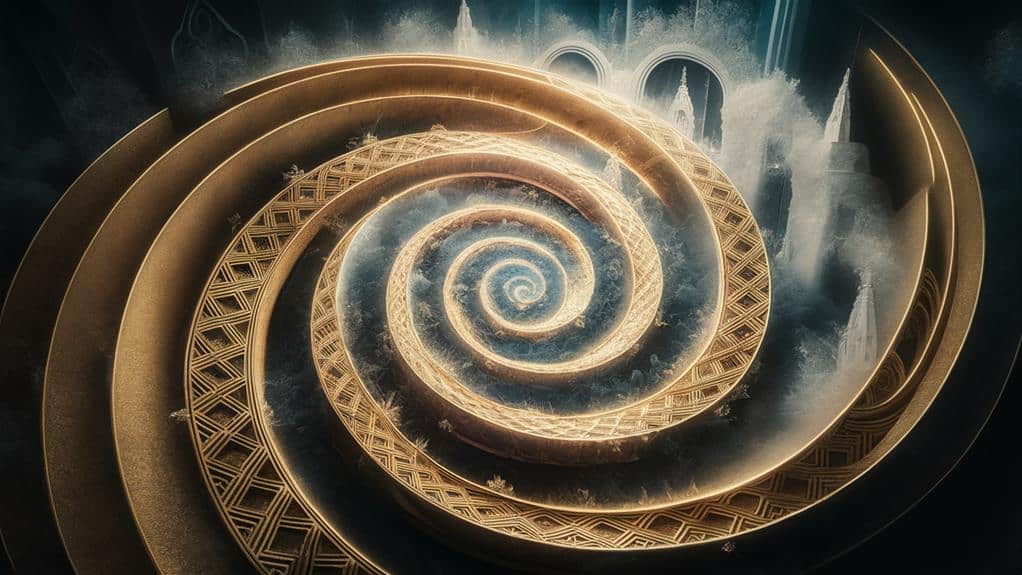
Western mystical traditions explore non-dual consciousness through their own unique lens.
You’ll find this understanding woven through Christian contemplatives like Meister Eckhart, who spoke of the “ground of being” where the soul and Divine become indistinguishable.
Jewish Kabbalah teaches you about Ein Sof, the infinite nothingness from which all existence flows, while Sufi mystics invite you to dissolve into the Beloved until there’s no separation between lover and Divine.
These Western paths, though often cloaked in theistic language, point to the same transformative truth you’ll encounter in Eastern traditions: the illusory nature of separation.
When you investigate the writings of Teresa of Avila or John of the Cross, you’ll discover descriptions of states where the individual self merges with the Divine presence.
The Western emphasis on unity with God doesn’t contradict non-dual insight but expresses it through a different cultural vocabulary.
This truth transcends religious boundaries – whether you’re exploring Christian contemplative prayer, Jewish devekut, or Sufi fana, you’re approaching the same shoreless ocean of unified consciousness from different shores.
Scientific Perspectives on Non-Duality
Modern scientific research has begun examining non-dual states through the lens of neuroscience and consciousness studies. You’ll find that researchers are mapping brain activity during deep meditation, revealing how the mind’s usual boundaries between self and other can temporarily dissolve.
When you experience non-dual awareness, neural networks associated with self-referential thinking show decreased activity, while regions linked to present-moment awareness become more active.
Studies using fMRI scans have shown that your brain’s default mode network – responsible for your sense of separate self – becomes quieter during non-dual states. You’re witnessing science validate what mystics have described for millennia: the possibility of transcending the subject-object divide.
Research at prominent institutions has documented how long-term meditators can reliably access states where the perceived boundary between inner and outer experience falls away.
What’s particularly fascinating is how quantum physics parallels these insights, suggesting that at the most fundamental level, you can’t separate the observer from the observed.
You’re part of an interconnected reality where strict distinctions between subject and object may be more apparent than real.
Daily Practice and Experience

Many spiritual teachers emphasize that non-dual awareness isn’t just a theoretical concept but something you can cultivate through consistent daily practice.
You’ll find that simple activities like mindful breathing, body scanning, or sitting in silent meditation can gradually dissolve the perceived boundary between observer and observed, disclosing the seamless nature of experience.
As you move through your day, you’ll discover opportunities to notice the interconnected nature of all things.
You might observe how thoughts arise without a thinker, how sensations appear in consciousness without a separate experiencer, or how actions unfold naturally without a distinct doer.
Through practices like self-inquiry, you’re invited to question the assumed separation between subject and object, exploring directly who or what’s aware of your experience.
You’ll notice that non-dual awareness often emerges spontaneously during ordinary moments – while walking in nature, listening to music, or engaging in creative activities.
These glimpses remind you that the division between self and other, inner and outer, is a conceptual overlay rather than an inherent reality.
Through patient practice, you’re gradually disclosing what’s always been present: the undivided wholeness of being.
Common Misconceptions
While direct experience reveals the true nature of non-duality, several persistent misconceptions can obstruct genuine understanding.
You might believe that non-duality means erasing your individual experience or denying the apparent world, but it’s actually about recognizing the underlying unity within diversity. You’re not being asked to reject your human experience, but rather to see through its limited perspective.
Another common misunderstanding is that non-dual realization leads to passive detachment or withdrawal from life.
In truth, you’ll find that authentic recognition of non-duality enhances your engagement with life, allowing you to participate more fully without the burden of separate selfhood. You’ll notice that you’re not abandoning relationships or responsibilities, but experiencing them from a more expansive context.
You may also encounter the misconception that non-duality is merely an intellectual concept to be grasped.
Yet it’s vital to understand that no amount of conceptual knowledge can substitute for direct recognition. What you’re seeking isn’t found in accumulating spiritual ideas, but in directly investigating the nature of your own consciousness and experience.
Modern Applications of Non-Dual Wisdom
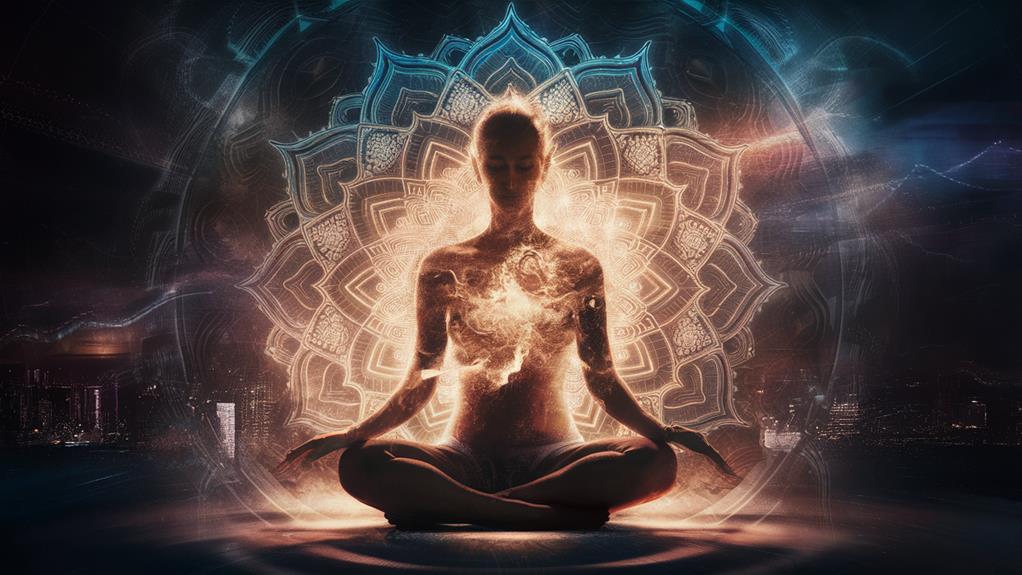
In spite of its ancient roots, non-dual wisdom has found its way into contemporary therapeutic practices, mindfulness programs, and leadership development. You’ll find these principles woven into trauma healing approaches, where you’re guided to observe thoughts and emotions without becoming entangled in them.
Modern psychotherapy often draws from non-dual insights, helping you recognize that you’re not limited to your personal narrative or confined by your perceived boundaries.
In your professional life, you can apply non-dual understanding to transform your relationship with success and failure. When you’re no longer identifying solely with your achievements or setbacks, you’ll discover a more authentic way of leading and creating.
You’ll notice that this wisdom doesn’t ask you to abandon your uniqueness but rather to see it as an expression of something far more vast and interconnected. In mindfulness practices, you’re invited to rest in the space of pure awareness, where you’ll experience firsthand that the observer and the observed aren’t separate.
This direct recognition can profoundly shift how you navigate daily challenges, relationships, and your own inner landscape.



